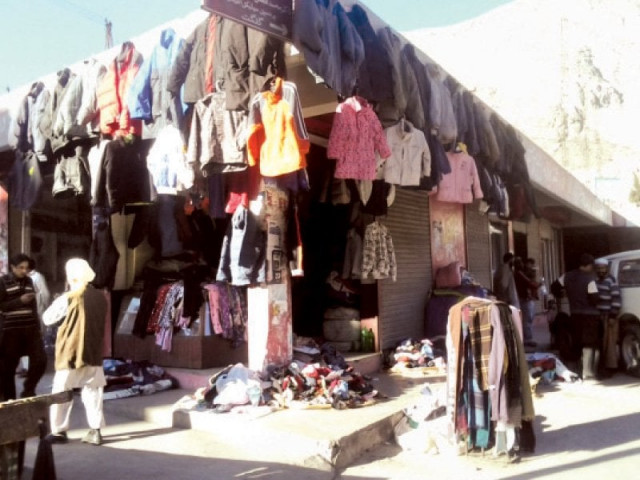Winters freeze textile sector growth
Industrialists warn that export uncertainties, high energy prices, inflation threaten sector

The textile sector of Pakistan is in dire straits, with industry insiders expressing anxiety over potential export order losses in 2024 due to the current unpredictable domestic state of affairs.
Ongoing winter challenges, such as higher energy tariffs and increased gas and electricity load shedding in industrial units, have rendered production, especially for export orders, a loss-making venture. The industry is grappling with an additional burden of approximately 20% domestic inflation, exacerbating the challenges.
Speaking to The Express Tribune, a prominent textile industrialist from Faisalabad expressed concern about the industry’s operating capacity, stating, “The industry is operating at a low capacity, almost 30% down, as we are facing high energy tariffs and increased load shedding.” He questioned the imposition of forced load-shedding when demand is already low, particularly when the country is making capacity payments to Independent Power Producers.
The textile sector in Pakistan consistently advocates for the rationalisation of energy tariffs in line with regional countries, enjoying such facilities in the past. Despite occasional governmental support, the industry has continually struggled to achieve substantial export growth.
An industry representative voiced worries about the lack of consultation for the textile sector from the current caretaker government, particularly highlighting the absence of Faisalabad Chamber of Commerce and Industries representation in the recently formed Export Advisory Council of Textiles. He emphasised the potential negative impact on unemployment and reduced exports if the current situation persists.
Read Citizens rush for affordable winter clothes
In FY23, Pakistan’s textile exports experienced a setback, losing $1.814 billion, totalling $16.63 billion compared to $18.44 billion in FY22. During July-November of FY24, textile exports recorded $6.9 billion, reflecting a 10.14% decline from the same period in FY23.
The industry faced a staggering 116% increase in power tariffs, with the average rate rising from Rs20.19/kwh in December 2022 to Rs43.66/kwh in December 2023. Anticipating an additional Rs6/kwh rate hike under the Quarterly Tariff Adjustment for the second quarter of FY23 from the National Electric Power Regulatory Authority (NEPRA), industry leaders questioned the feasibility of remaining a profitable entity, especially for export markets.
Former Chairman of Pakistan Readymade Garments Manufacturers & Exporters Association, Ijaz Khokhar, expressed concern that international buyers are unwilling to increase prices due to domestic issues. While there has been a slight upward movement in textile export orders, it may only be sufficient to sustain the previous fiscal year’s export numbers.
“With such high costs of doing business, how can we remain a profitable entity, especially for export markets,” he said.
The recent Red Sea crisis further exacerbated challenges, resulting in a 50% increase in freight prices and a minimum 15-day delivery time delay. With these additional high costs, production for exports at current pricing is deemed unsustainable, prompting industry leaders to call for support to prevent potential losses of another $2 billion in textile exports this year, lamented Khokhar.
Published in The Express Tribune, January 14th, 2024.
Like Business on Facebook, follow @TribuneBiz on Twitter to stay informed and join in the conversation.



















COMMENTS
Comments are moderated and generally will be posted if they are on-topic and not abusive.
For more information, please see our Comments FAQ